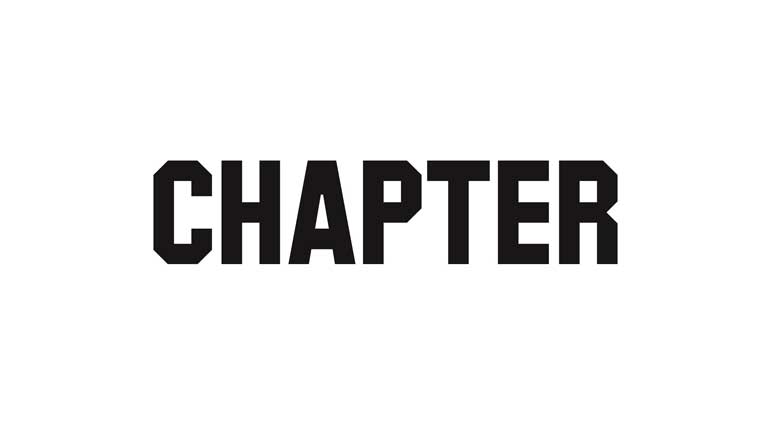
Romans in Britain audition pack
Romans in Britain will be performed 28 February 2017 – 4 March 2017.
Auditions will take place on 22, 24, 28 and 29 October. The audition pack is at the end of this post.
Director Simon Futty has prepared the following information:
Rehearsals
Rehearsals will be Tue and Thurs evenings from 7 and all day (10-5.30pm) on Sunday. However you would not be called for every rehearsal and I shall try to take great pains, at the beginning, as far as possible, to stagger rehearsals so you are not kept waiting around all day. I know how frustrating that can be!
It is not envisaged to rehearse over Christmas/New Year itself but I would be hoping to rehearse quite close to Christmas if possible (I’m thinking December 22nd) and starting again on Tuesday 3rd January.
Performance Dates
The play will be performed in Chapter Arts Centre from Tues 28th Feb-Sat 4th March 2017. Get in and Tech dress day is Sun 26th Feb and the Dress Rehearsal is Mon 27th Feb
Play
The play is wonderful in its language, themes, characterisation and dramatic telling. It has breath taking breadth and depth. Its theme is invasion and its consequence and it looks at three occupations: Julius Caesar’s brief invasion of Britain in 54 BC, The Anglo-Saxon settlement in AD 515, and the British in Northern Ireland in 1980 during the period which is now referred to as ‘The Troubles.’
It caused notoriety at the time of its first performance due to its portrayal of a scene of attempted rape and resulted in a failed prosecution by Mary Whitehouse ‘for procuring an act of gross indecency.’ a law used more usually at the time to oppress and entrap homosexuals than ban theatre. The case was thrown out of court when the prosecution case collapsed, but the play was still considered controversial and the GLC cut the National Theatre’s grant as punishment. However, the same scene when performed in Sam West’s revival in 2006 at the Crucible Theatre was, according to the preface to the recent edition of the play, just accepted as ‘another atrocity of war.’ Time has moved on and we are now post-Abu Ghraib and post-Game of Thrones.
The result of the controversy, however, is that it has not been performed much in the intervening years and we are especially privileged to have been granted the performing rights.
Plot
The Romans in Britain is a play written in two acts or ‘parts’. Part One is subtitled Caesar’s Tooth and is an account of the disastrous impact that Julius Caesar’s second expedition to Britain in 54 BC had on the local inhabitants. The theme of the story is as much ‘culture shock’ as it is brutality and some of the most moving scenes are where the ancient Britons struggle to find the language to communicate what it is that is happening to them. It is during this section of the play that there is the attempted rape of a young trainee priest which caused so much offence. However, the theme of ‘The rape of Britain’ becomes, dramatically, the central theme of the play as we move into part Two and discover the we, the British people, have become the Romans ourselves in our oppression around the globe and on our doorstep.
Part Two tells two stories concurrently: In 1980 AD a captain in the SAS attempts an ill-fated infiltration of the IRA in the border counties of Northern Ireland. He very much struggles with this notion, however and finds himself attracted more and more to the ideals of peace. As he has his melt down he suffers visions of an earlier invasion, that of the Anglo-Saxons in AD 515. That invasion forms the basis for the second story which details the last of the Romans struggling for a meaningful existence after Rome has fallen to the barbarians, as well as the retreat of the population into nostalgia for that which never was with the creation of the myth of King Arthur. The overall subtitle for Part Two is Arthur’s Grave.
One of the great aspects of the piece is that Brenton never strays into the territory of propaganda or easy political analysis. Like Shakespeare he never tells us directly his own opinion but sets up these dramatic images and scenes which make us question ourselves .
Cast
The cast doubling parts One + Two total 36 actors. With extra doubling within the parts it could be reduced to around 25. Therefore there is plenty of opportunity to be cast. The cast is ensemble – there are no ‘starring’ parts as the main characters last for one or two scenes only. The exception to this is Chichester in Part Two who remains onstage throughout – however for half of it he is a mute witness to the scenes in Saxon times.
Another thing we’ll look at is the possibility that when the character is killed they remain on stage throughout the rest of the Part. This would cut the need for messy blackouts and shuffling off stage in the dark. However, it would also need the ability to stay still!







